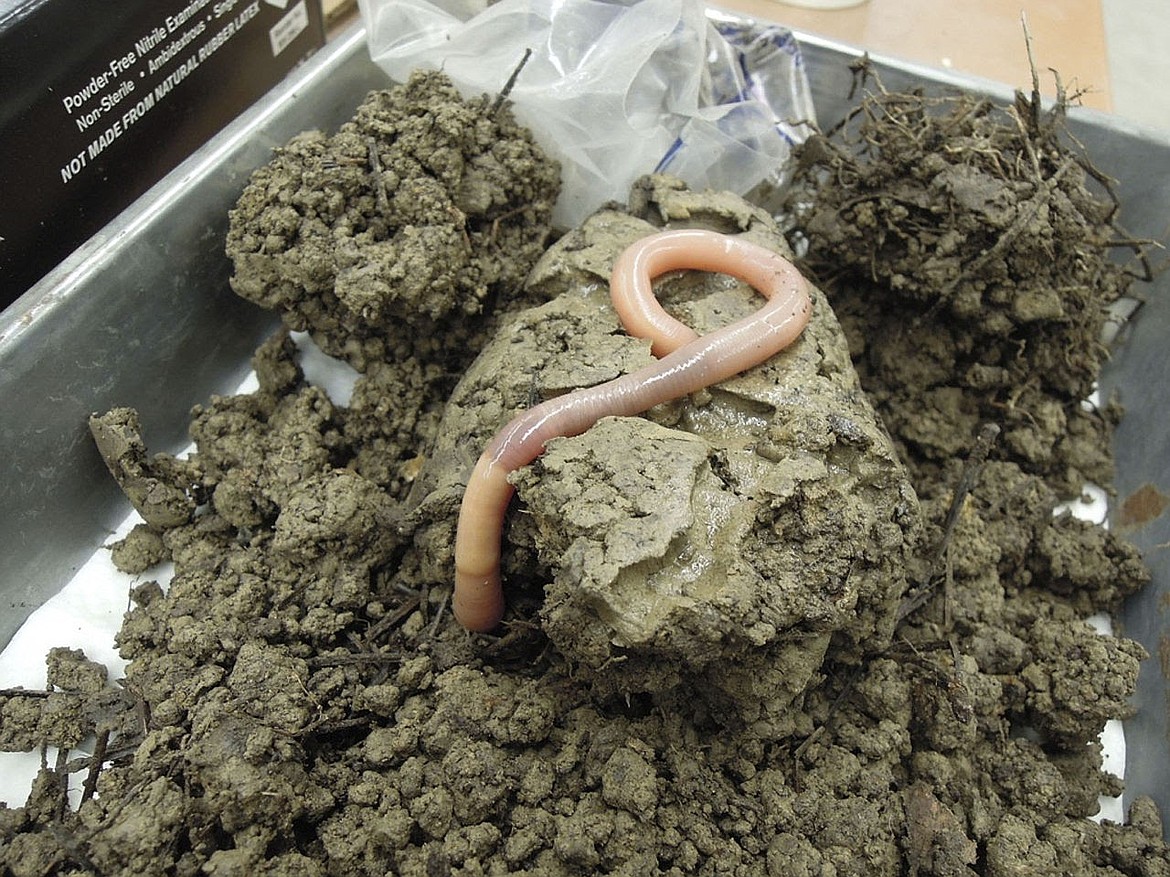Critters of North Idaho: Giant Palouse Earthworm
When we think of elusive creatures — should they exist ― that have been difficult for science to verify, the El Chupacabra, Champ, and (thinking local here) Sasquatch, usually come to mind. In fact, there’s one reported to be living right here in Idaho and eastern Washington. But don’t worry! This one’s not a big, scary monster. In fact, it’s only a “monster” when compared to the size of its smaller, more common cousins. Nevertheless, this is a critter deserving of our attention: the giant palouse earthworm.
Also known as the Washington giant earthworm (Driloleirus americanus), this creature was only discovered as late as 1897, just over a century ago. According to reports, these pale-colored earthworms could grow over 3 feet long and were native to prairies, shrubsteppe, and open forest habitats. They could spit lily-scented saliva to defend themselves from attackers. Despite their supposed prominence in the Palouse region (hence their name) there had been only four sightings of this worm since 1897. It was feared to have gone extinct in the 1980s.
All of this changed on March 27, 2010, when scientists at the University of Idaho, including biologist Samuel James, discovered living specimens: an adult and a juvenile! The species was still alive! These two specimens were brought to the university for safekeeping.
The scientists discovered that many things they’d learned about giant palouse earthworms were not correct. Collected specimens so far have not exceeded 8 inches long and have not been shown to produce lily-smelling saliva. They also aren’t pale, but are reddish-brown in color, like most other earthworms. Nevertheless, their rediscovery was important in helping scientists understand the ecology of their native habitat. As of 2016, 10 specimens are in captivity.
Just why were giant palouse earthworms so difficult to find? For one thing, their distribution doesn’t seem to be very widespread. These invertebrates take a very long time to colonize new areas. How long? Well, they were likely wiped out north of their current range by glaciation during the Ice Age. These massive ice sheets laid waste to the environment as they slowly marched across the landscape, which would have devastated earthworm populations. The severe flooding caused by the collapse of the ice dam holding back Glacial Lake Missoula would have also decimated the little creatures. Another reason they’re rarely seen is that they often burrow more than 15 feet under the earth’s surface. You’re not likely to accidentally stumble on these little guys!
But perhaps the most important reason for their rarity is that they’ve been pushed out of their native habitat by … earthworms! See, the earthworms (nightcrawlers) you’re most familiar with aren’t actually residents of the Americas. They were imported here from Europe and Asia, and since then have terrorized native species of worms. They’ve become so integrated into the Americas that, unfortunately, it isn’t known how they can be stopped.
But there’s still hope. The fact that native worm species, like the giant palouse earthworm, continue to cling on gives scientists the opportunity to learn what they need to survive so they can better ensure their survival.
• • •
animaladventures1314@gmail.com

